Optimal Timing for Concrete Installations

Ways to make Concrete Installations work in tight or awkward layouts.
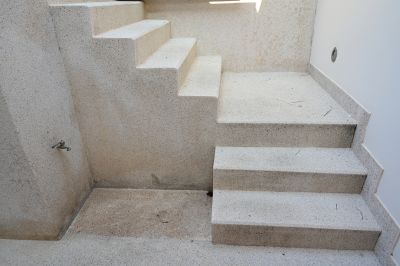
Popular materials for Concrete Installations and why they hold up over time.
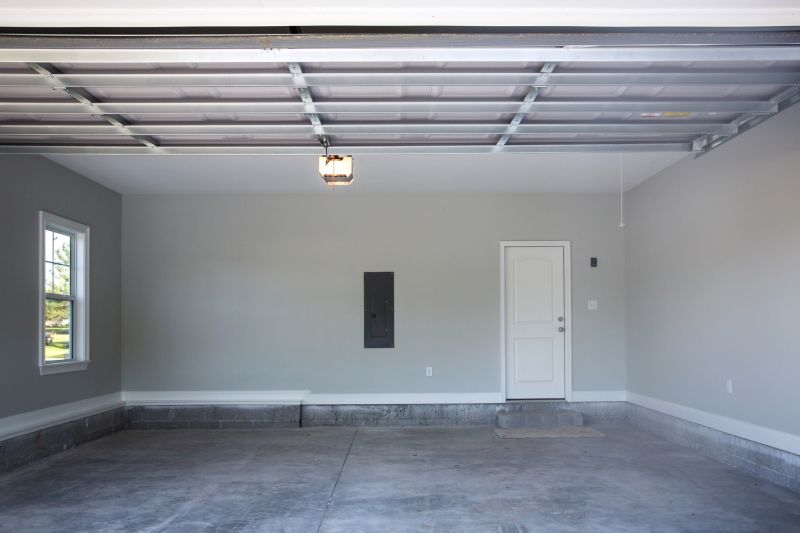
Simple add-ons that improve Concrete Installations without blowing the budget.
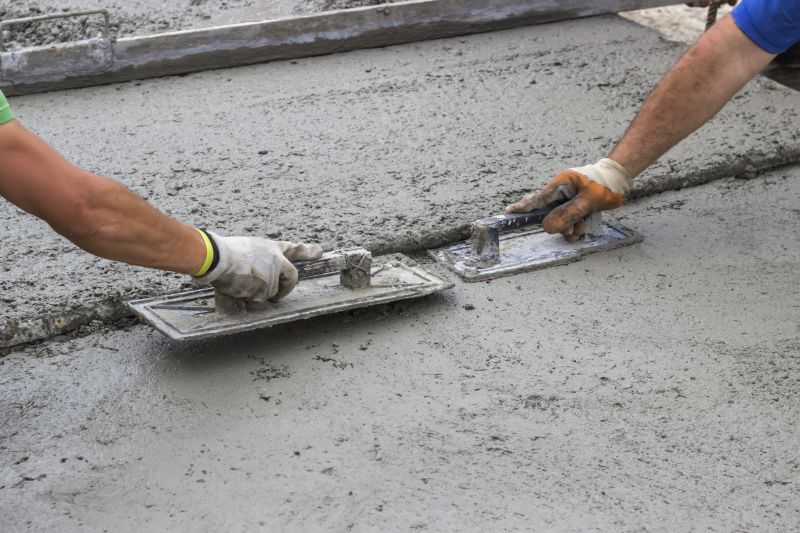
High-end options that actually feel worth it for Concrete Installations.
Concrete installations are most effectively completed during specific times of the year to ensure optimal curing and durability. Temperature and weather conditions significantly influence the quality of the finished surface. Proper timing helps prevent issues such as cracking, uneven curing, and surface defects.
Spring and fall typically offer moderate temperatures and lower humidity, making them suitable for concrete work. These conditions reduce the risk of rapid drying or freezing during curing.
High summer temperatures can cause quick drying and cracking, while freezing temperatures can impede curing and weaken the concrete. Planning installations outside of these extremes is recommended.
The best temperature range for concrete placement is between 50°F and 85°F. Maintaining this range during curing ensures strength development and surface integrity.
Rain and snow can delay or complicate concrete installation. Ideal conditions include dry weather with low wind and stable temperatures.
Concrete is a versatile material used in various applications such as driveways, patios, sidewalks, and foundations. Its durability and strength make it a preferred choice for both residential and commercial projects. Proper timing during installation can enhance the longevity and appearance of concrete surfaces.

Finishes and colors that play nicely with Concrete Installations.
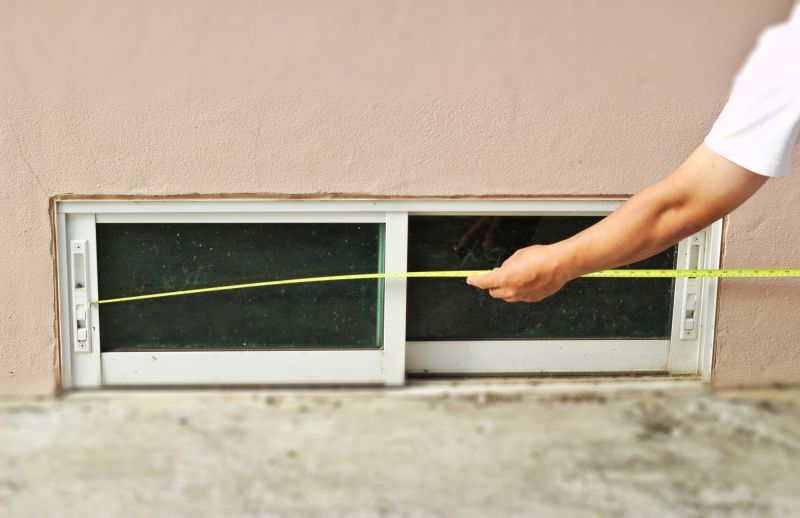
Little measurements that prevent headaches on Concrete Installations day.
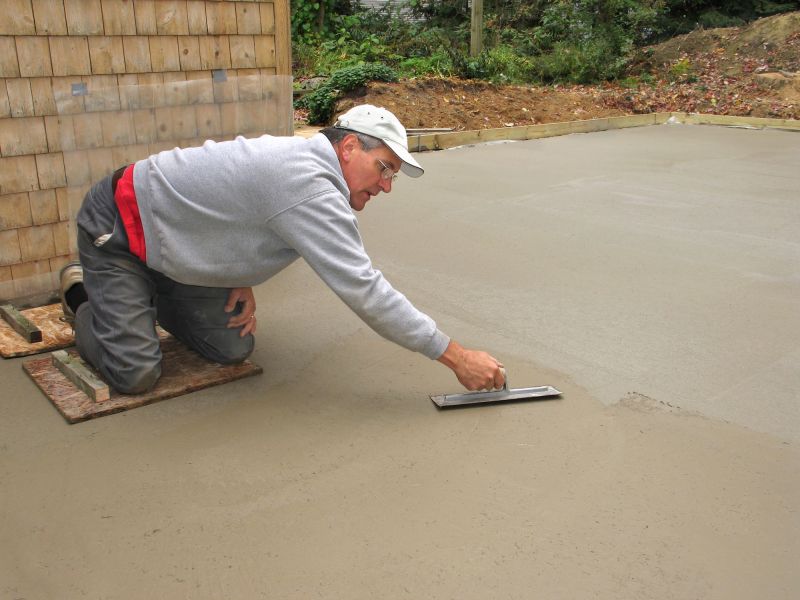
A 60-second routine that keeps Concrete Installations looking new.
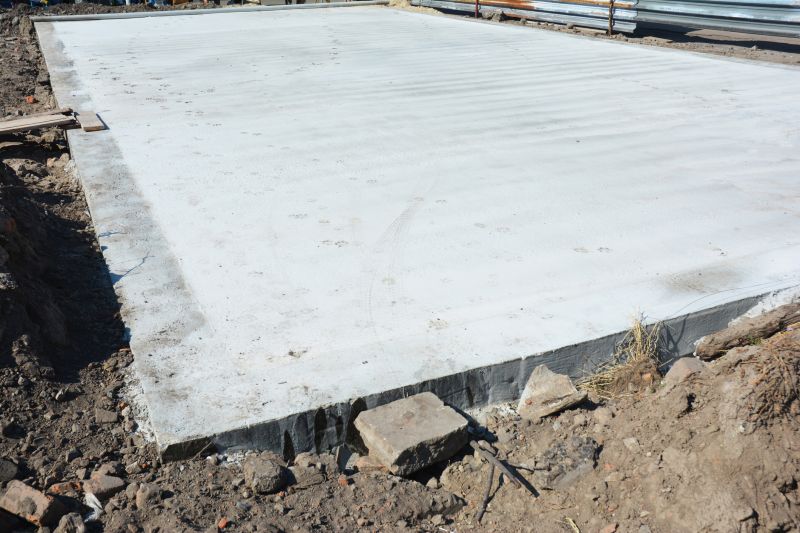
A frequent mistake in Concrete Installations and how to dodge it.
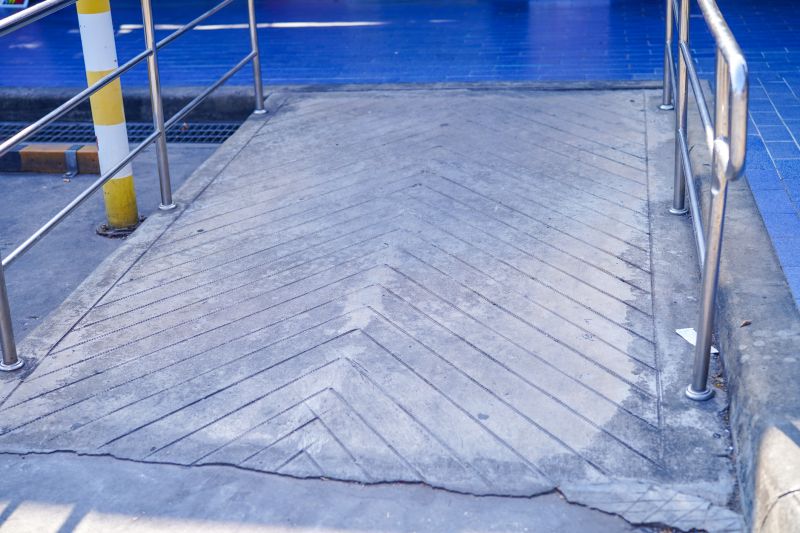
Small tweaks to make Concrete Installations safer and easier to use.
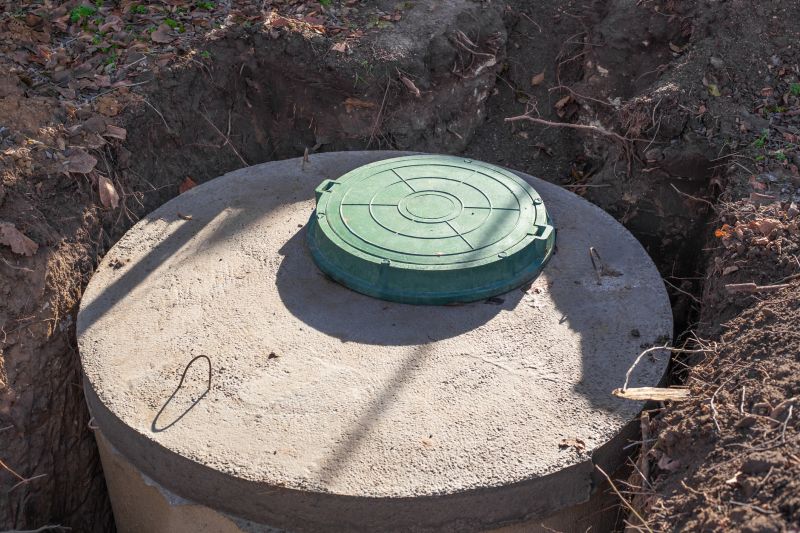
Lower-waste or water-saving choices for Concrete Installations.
| Season | Recommended Conditions |
|---|---|
| Spring | Moderate temperatures, low humidity |
| Summer | Early morning or late evening, avoid peak heat |
| Fall | Cooler temperatures, dry weather |
| Winter | Not recommended unless heated or enclosed environments |
| Late Spring | Ideal with stable weather |
| Early Fall | Optimal for long curing periods |
Planning concrete installations around favorable weather conditions ensures a higher quality finish and reduces the need for repairs or rework. Contractors and property owners should monitor weather forecasts closely and select timing that minimizes exposure to extreme temperatures and moisture.
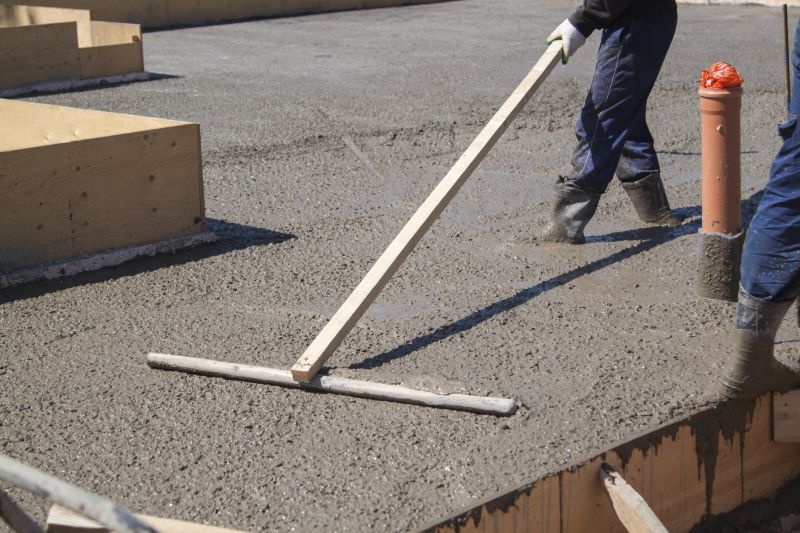
The short, realistic tool list for quality Concrete Installations.

Rough timing from prep to clean-up for Concrete Installations.
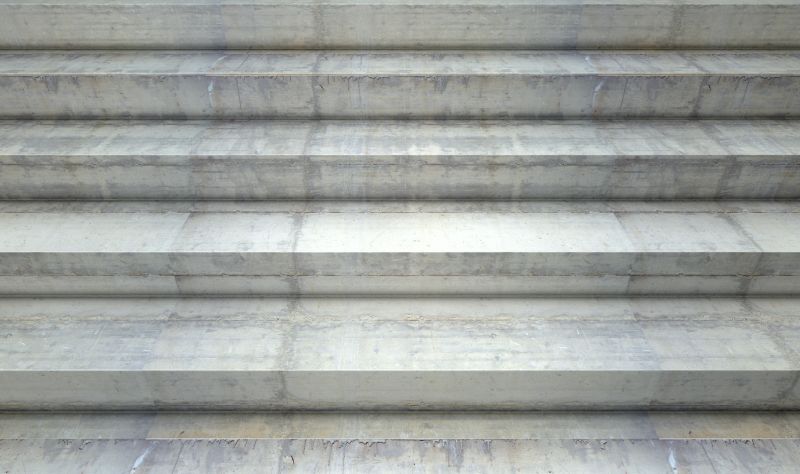
Quick checks and paperwork to keep after Concrete Installations.

Examples that show the impact a good Concrete Installations can make.
Interested in scheduling a concrete installation? Filling out the contact form provides a way to discuss project details and determine the most suitable timing for specific needs and conditions in Kennewick, WA.
